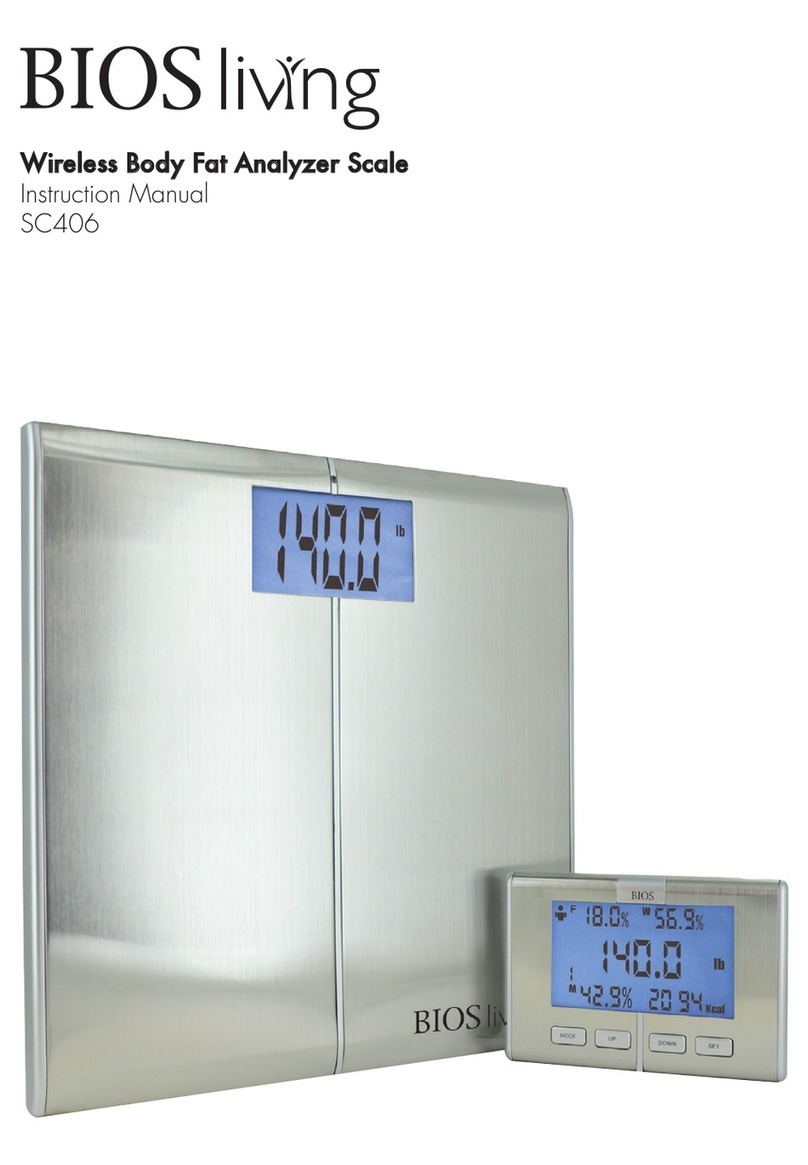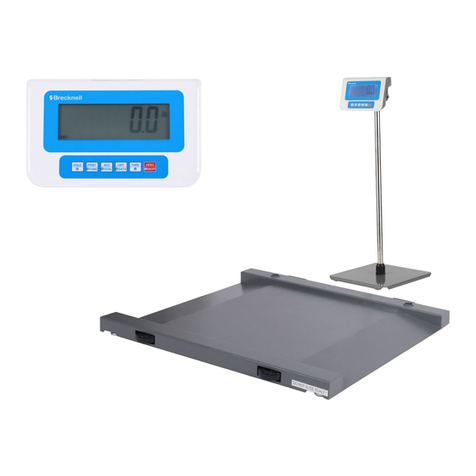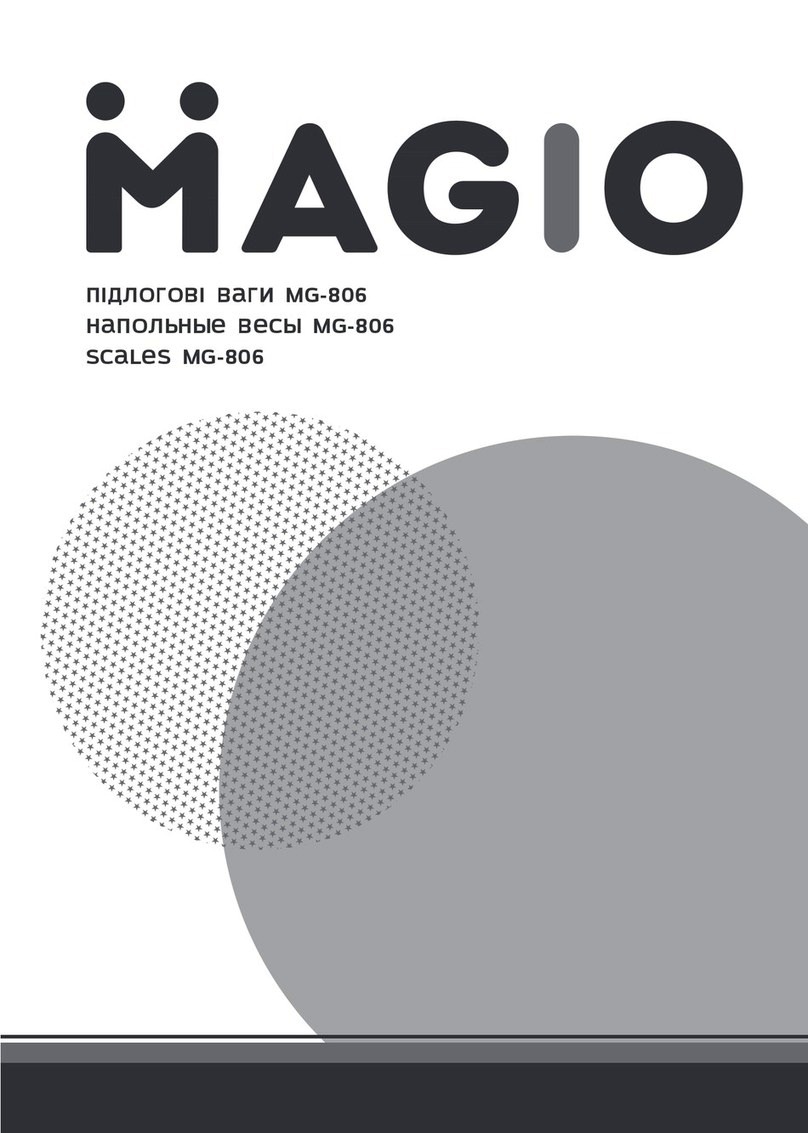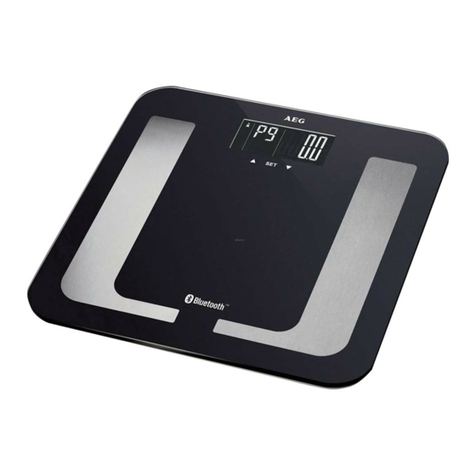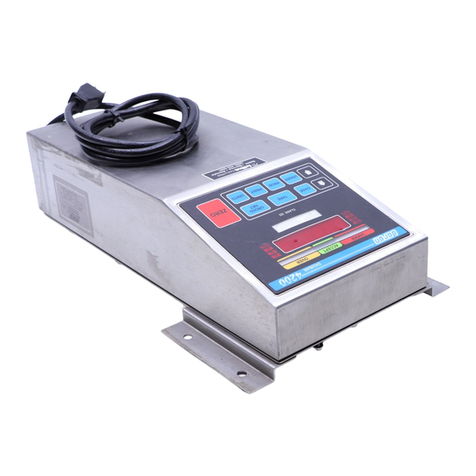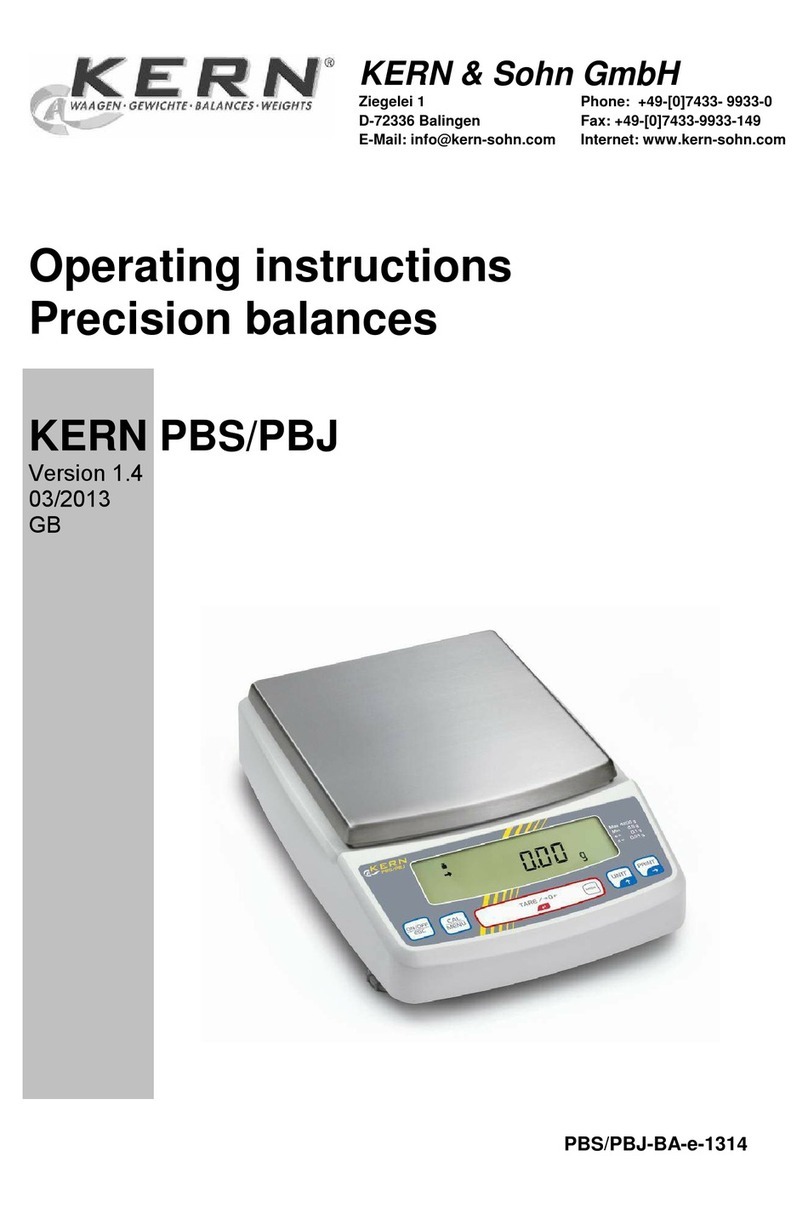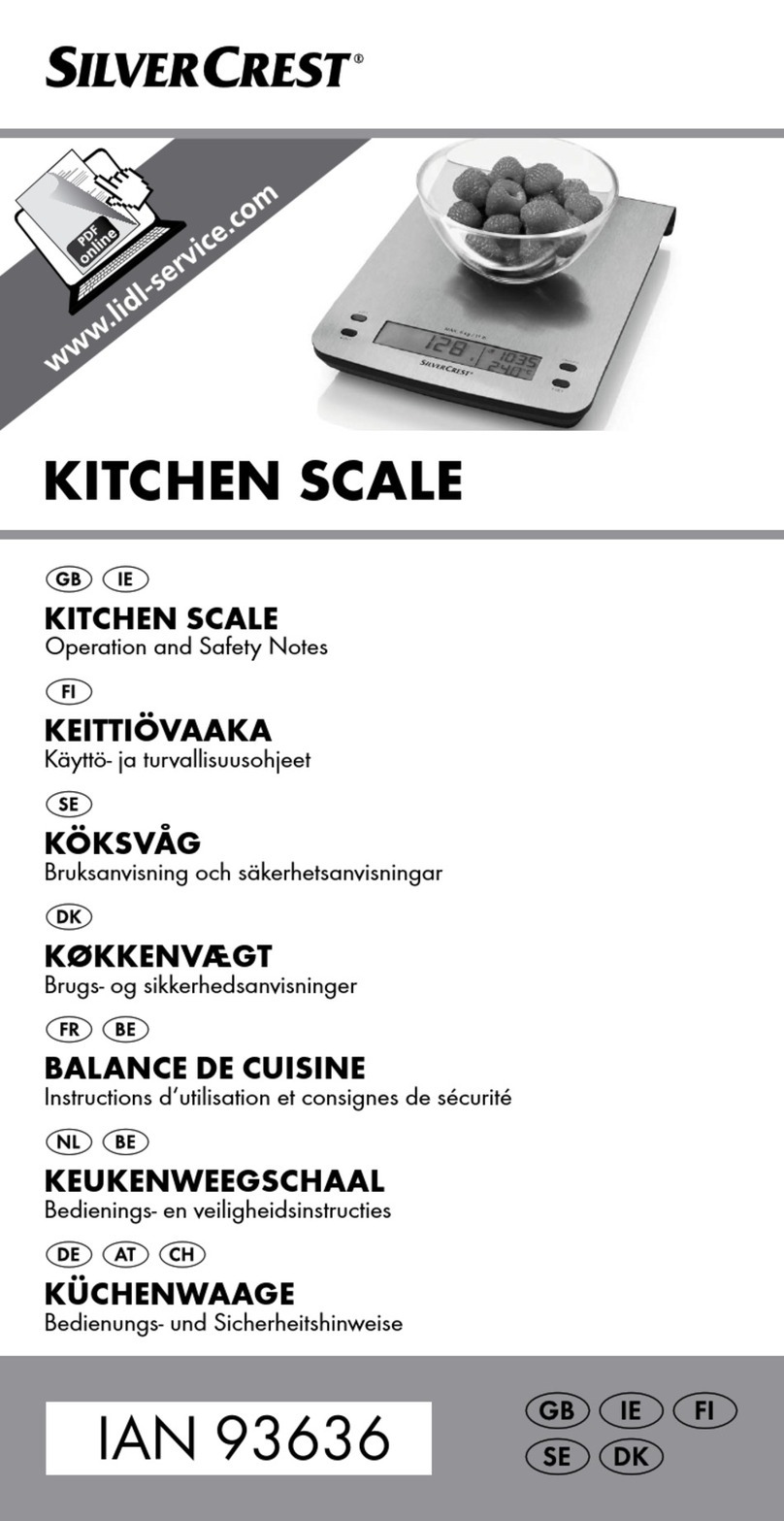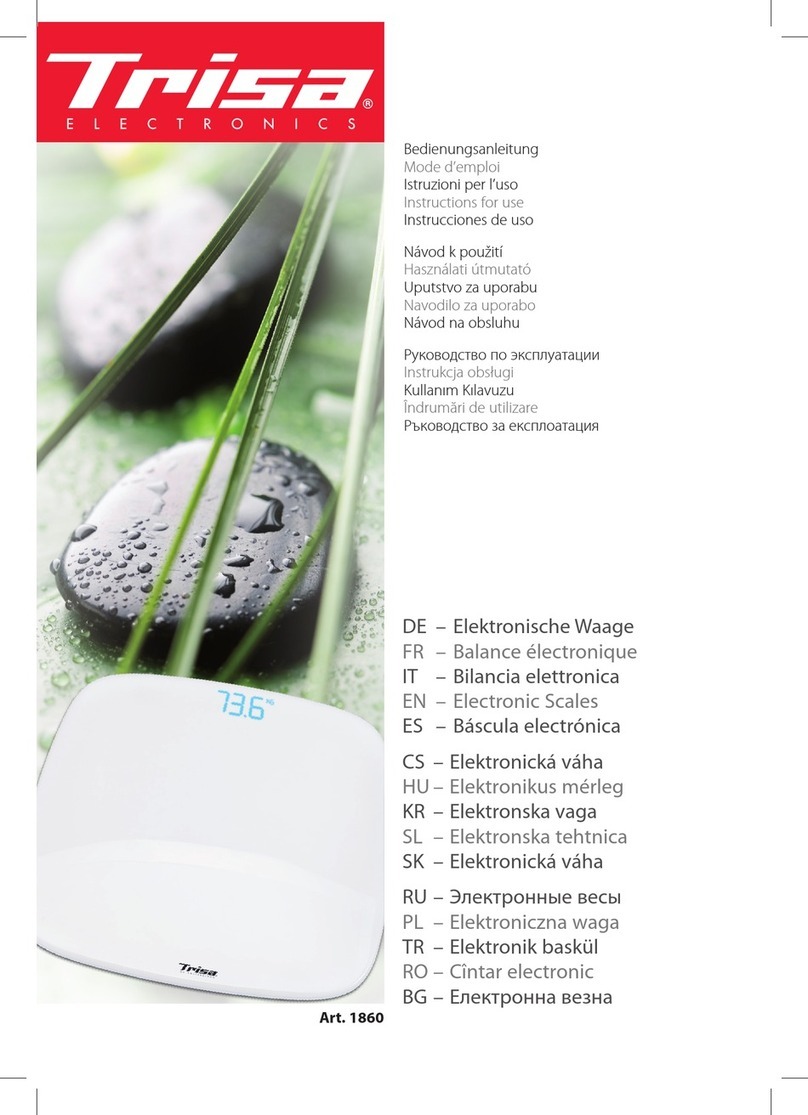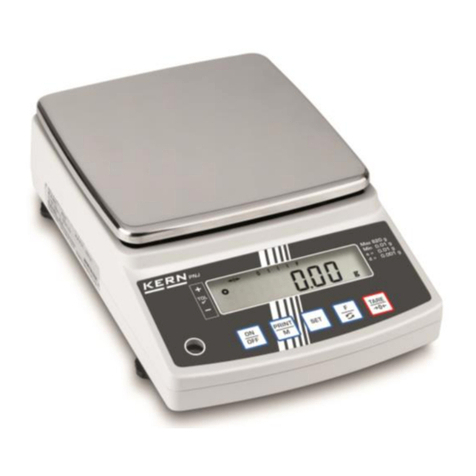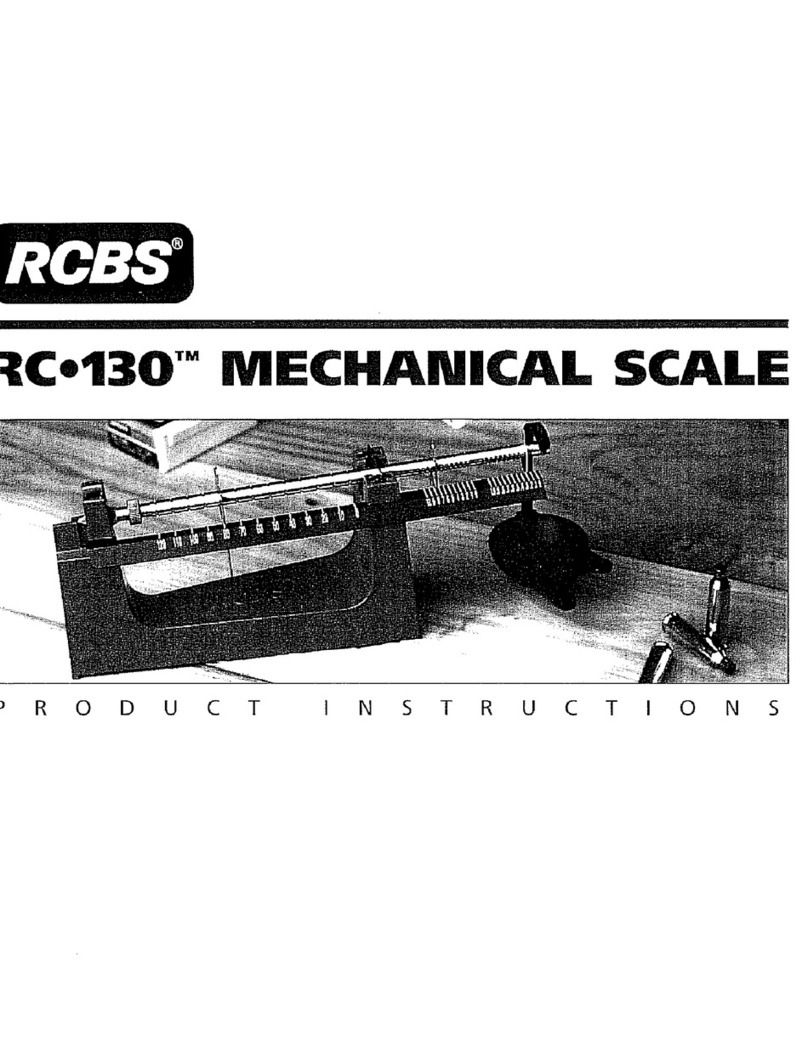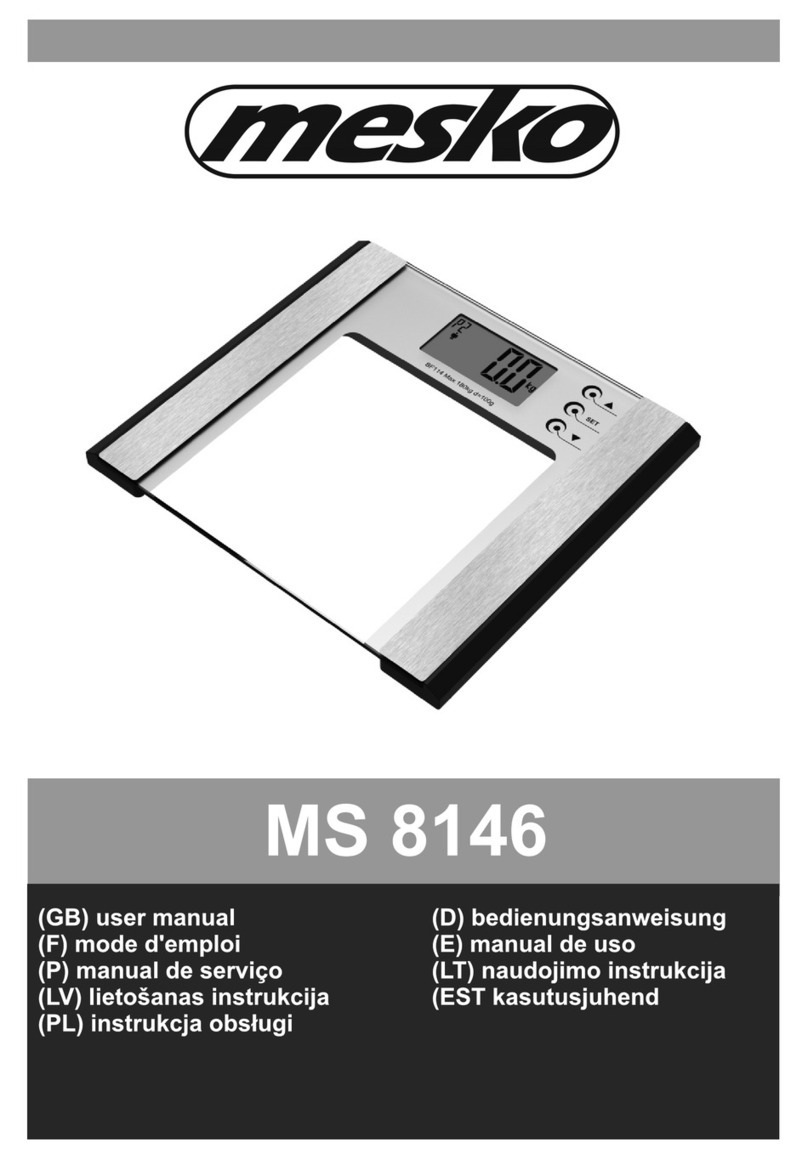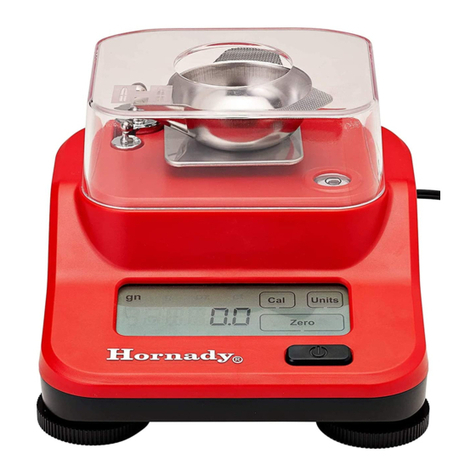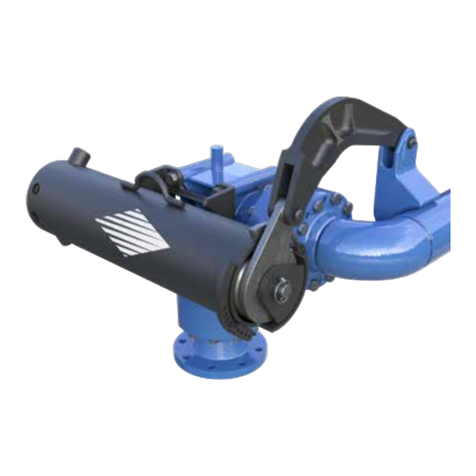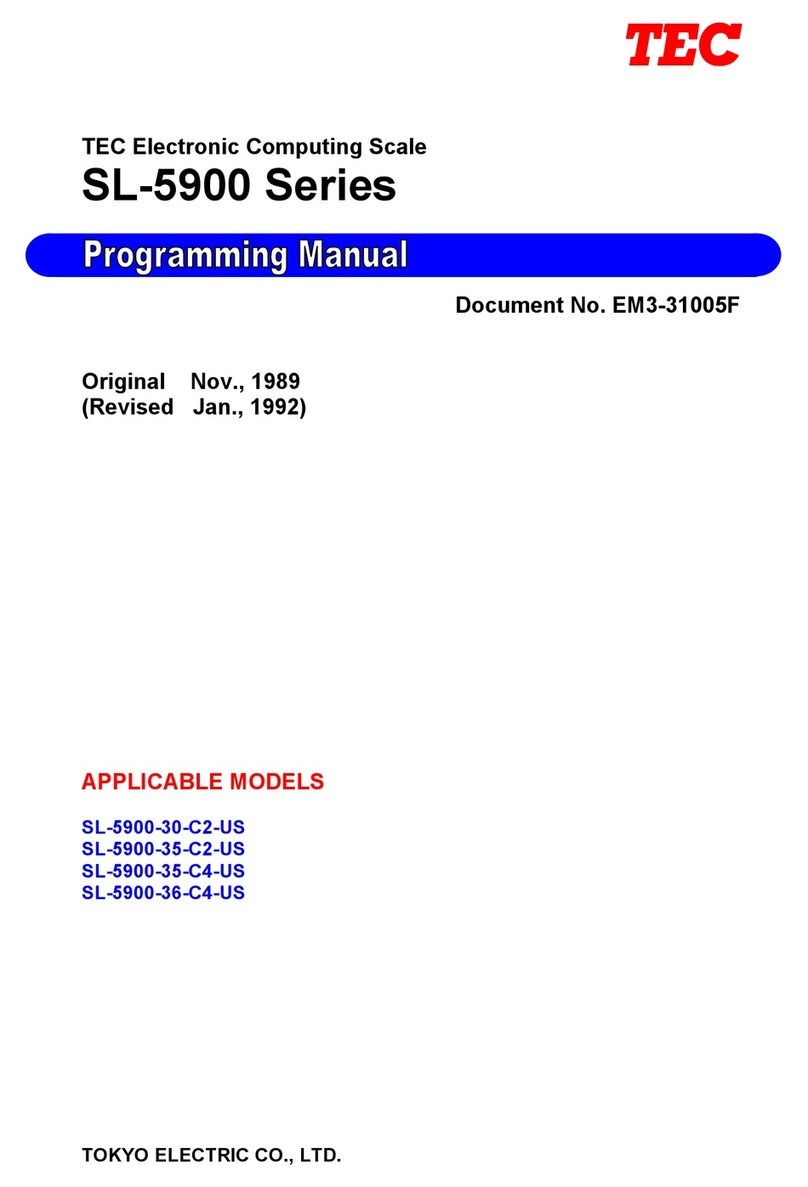BIOS LIVING SC401 User manual

SC401
Introduction
Thank you for purchasing the BIOS Living
Premium Body Fat Scale. This precision device
was developed with state-of-the-art technology
and has a weight capacity of 441 lbs / 200 kg.
This scale measures body fat by using one of
the most reliable methods of analyzing body
composition – Bioelectrical Impedance Analysis
(BIA). It measures body fat by analyzing biological
impedance and other body parameters by sending
a mild electrical current through the body.
NOTE: These electronic currents are safe, but this
scale should not be used by individuals with pacemakers or other medical implants.
This Premium Body Fat Scale has been designed to give you a snap shot of your body’s
composition to help you visualize your path to optimal health and wellness.
In order to get the most from your scale, please carefully read and follow the instructions
provided below.
Scale Features
• Digital LCD Display
• Auto ON / OFF
• Choice of weighting modes: Kilogram (kg), Stone (st), Pounds (lbs)
• Low Battery / Overload Indication
• Accurate to 441 lbs / 200 kg
• Stores Data for 10 Users (0 - 9)
• 4 x AAA batteries included
• 5 year warranty
7 Measurement Indicators
1. Body Weight
2. Body Fat %
3. Body Water %
4. Bone Weight
5. Muscle %
6. Calorie Consumption (KCAL)
7. BMI
General Tips
• If possible, always weigh yourself at the same time of day (preferably in the morning),
after using the toilet, on an empty stomach and unclothed, in order to achieve
comparable results.
• Body fat can only be measured when barefoot and with the soles of the feet slightly
moist. Completely dry soles can result in unsatisfactory measurements due to
inadequate conductivity.
• To get an accurate reading stand with your weight distributed equally on each foot and
remain still while the reading is being taken.
Please read the following instructions carefully before use.
Max. 200kg d=100g
FAT
MUS
BMI
TBW
BON
kg
lbs
KCAL
%
%%

Battery Installation
Open the compartment on the back of the scale and insert all (4) AAA batteries.
NOTE: Please be aware that inserting the batteries with the incorrect polarity may cause
permanent damage.
If the scale fails to operate, remove the batteries completely and insert again. Your scale is
equipped with a “replace battery” indicator. When the scale batteries start to get weak, LO
will appear on the scale screen and the scale will automatically turn off. If this occurs the
batteries should be replaced.
Safe Battery Use
ALWAYS
• Only use AAA type batteries.
• Make sure that the battery compartment is secure.
• Fit batteries correctly, observing the plus and minus marks on the batteries and
compartment.
• Store unused batteries in their packaging and away from any metal objects that could
cause a short circuit.
• Remove dead batteries from the scale.
• Remove batteries from the scale if they will not be used for a prolonged period of time.
• Keep loose batteries away from young children.
NEVER
• Dispose of batteries in a re.
• Attempt to recharge ordinary batteries.
Taking a Weight Measurement Only
1. Place the scale on a rm, at and even surface to ensure accuracy. Using your nger
push the to turn the scale ON and then wait until 0.0 is displayed.
2. Next select the weighting mode (kg / st / lb) of your choice by pushing the or buttons.
3. Step on the scale platform with your weight equally distributed on both feet and stand
still.
4. Your weight will be displayed and will ash twice before it is xed on the screen. The
scale will automatically shut off after approximately 1 minute.
IMPORTANT: This initialization/calibration process below must be repeated if the scale is
moved in order to get an accurate reading.
Step #1 Press the to turn the scale ON.
Step #2 Wait for “0.0” to display.
Step #3 Allow the scale to automatically shut off.
Now your scale is ready to be used.

Setting User Data
To measure your body fat percentage and other physical data, you must enter your
personal information.
Memory Position 0 to 9
Sex Male , Female
Athlete Mode Male , Female
Body Size (Height) 80 to 220 cm (2’7”-7’2”)
Age 10 to 100 years
Athlete Mode
If you workout more than 8 hours a week and have a resting heart rate of 60bpm or below,
you should use the Athlete Mode setting.
When Athlete mode is enabled an alternate algorithm is used to calculate Fat Mass. Fat
Mass measurement values will be lower and Muscle Mass measurement values will be
higher because the users athletic body type is taken into account.
Taking a Body Fat Measurement
1. Place the scale on a rm, at and even surface to ensure accuracy. Using your nger
push the to turn the scale ON and then wait until 0.0 is displayed.
2. Next select the weighting mode (kg / st / lb) of your choice by pushing the or
buttons. Press to conrm.
3. Then press or to switch between memory users 0-9. Once you have selected one
press to conrm.
4. Next press or to select male, female or athletic male or athletic female and press
to conrm.
5. Press or to select your height and then press to conrm.
6. Press or to select your age and then press to conrm.
7. Once you see - - - - displayed on the screen, step on the scale and stand still.
NOTE: Make sure you step on the scale in bare feet as socks, shoes, slippers, etc. will
give you an error reading. Make sure your bare feet are moist and placed directly on the
metal pads for best results.
8. Your results will appear on the scale after a couple of seconds. These results will remain
on the screen for approximately 1 minute.
Data that is automatically displayed
1. Body Fat 4. Weight 7. Calorie Consumption (KCAL)
2. Muscle Content 5. Body Water
3. BMI 6. Bone Mass

NOTE: Do not use this scale if you are using the following devices which will interfere
with electromagnetic current such as: cardiac pacemaker and implantable cardioverter
debrillators. Excessive drinking, eating, exercising, medical conditions, medications,
menstrual cycle etc. may also affect the measurement results.
Evaluation of Results
Body Weight / Body Mass Index
The body mass index (BMI) is a number that is often called upon to evaluate body
composition. The number is calculated from body weight and height, the formula is: body
mass index = body weight: height2. The measurement unit for BMI is [kg/m2].
BMI Low Healthy High Overweight
Less than 18.5 18.5 to 25 25 to 30 30 +
NOTE: BMI only takes height and weight into account, not the composition of the weight
and how much of it is fat vs. muscle. For this reason individuals with a more muscular
physique will actually have a BMI in the overweight range even though they may not be.
See Athlete Mode above for further clarity.
Body Fat Percentage Chart
Men (% fat) Women (% fat)
Essential Fat 2 - 5% 10 - 13%
Athletes 6 - 13% 14 - 20%
Fit 14 - 17% 21 - 24%
Acceptable 18 - 25% 25 – 31%
Obese 25% plus 31% plus
Male & Female Body Fat Ratio (%) (Use as a reference only)
Men Women
Age Very
good Good Average Poor Age Very
good Good Average Poor
10-14 <11% 11-16% 16-21% >21% 10-14 <16% 16-21% 21-26% >26%
15-19 <12% 12-17% 17-22% >22% 15-19 <17% 17-22% 22-27% >27%
20-29 <13% 13-18% 18-23% >23% 20-29 <18% 18-23% 23-28% >28%
30-39 <14% 14-19% 19-24% >24% 30-39 <19% 19-24% 24-29% >29%
40-49 <15% 15-20% 20-25% >25% 40-49 <20% 20-25% 25-30% >30%
50-59 <16% 16-21% 21-26% >26% 50-59 <21% 21-26% 26-31% >31%
60-69 <17% 17-22% 22-27% >27% 60-69 <22% 22-27% 27-32% >32%
70-100 <18% 18-23% 23-28% >28% 70-100 <23% 23-28% 28-33% >33%
Body fat contains relatively little water. Therefore a person with high body fat percentage
usually has water percentages below the recommended values.

Water Ratio Chart (%) (Use as a reference only)
Men Women
Age Poor Good Very Good Age Poor Good Very Good
10-100 <50% 50-65% >65% 10-100 <45% 45-60% >60%
Muscle Ratio Chart (%) (Use as a reference only)
Men Women
Age Low Normal High Age Low Normal High
10-14 <44% 44-57% >57% 10-14 <36% 36-43% >43%
15-19 <43% 43-56% >56% 15-19 <35% 35-41% >41%
20-29 <42% 42-54% >54% 20-29 <34% 34-39% >39%
30-39 <41% 41-52% >52% 30-39 <33% 33-38% >38%
40-49 <40% 40-50% >50% 40-49 <31% 31-36% >36%
50-59 <39% 39-48% >48% 50-59 <29% 29-34% >34%
60-69 <38% 38-47% >47% 60-69 <28% 28-33% >33%
70-100 <37% 37-46% >46% 70-100 <27% 27-32% >32%
Bone Mass
Like the rest of our body, our bones are subject to the natural development, degeneration
and ageing process. Bone mass increases rapidly in childhood and reaches its maximum
weight between 30 and 40 years of age. Bone mass reduces slightly the older you get. You
can help reduce degeneration somewhat by eating a healthy nutritious diet, (particularly
calcium and vitamin D) and by exercising regularly. With appropriate muscle building, you
can also strengthen your bone structure.
NOTE: This scale will not show you the calcium content of your bones, but it will measure
the weight of all bone constituents (organic substances, inorganic substances and water).
NOTE: Do not confuse bone mass with bone density. Bone density can only be calculated
by a medical examination.
Bone Mass Chart (Use as a reference only)
Men Women
Body
Weight
<132lb /
<60kg
132lb to 154lb /
60 to 70kg
>165lb /
>75kg
<99lb /
<45kg
88lb to 132lb /
40 to 60kg
>132lb /
>60kg
Estimate
Bone
Weight
10lb /
4.5kg 13lb / 6.0kg 16.5lb /
7.5kg
6lb /
3.0kg 9lb / 4.2kg 14lb /
6.5kg
NOTE: To calculate calorie consumption depends on a number of different factors. These
factors include age, height, current weight, activity level, metabolic health and several
others.

Calorie Consumption
Kcal refers to the number of calories necessary to survive. The Basal Metabolic Rate for
adults rages between 1200 and 1800 kcal.
BMR is inuenced by a number of different factors, some of which are age, gender, height,
body composition, nutrition, stress, illness and climate.
An average woman needs to eat about 2000 calories per day to maintain their weight and
approximately 1500 calories a day to lose one pound per week.
Men need an average of 2500 calories to maintain their weight and approximately 2000
calories a day to lose one pound per week.
Trouble Shooting
Error Message Problem Solution
LO Low Battery Replace batteries
ERR Maximum weight has
been exceeded
Reduce weight (The weight capacity is
441 lbs / 200 kg)
ERR2 Measurement Error
Check the settings, moisten the soles
of your feet and try again.
Measurement error will also occur in
the following instances:
a) Body fat percentage exceeds the
maximum capacity of 50%
b) Body fat percentage is under 3%
Care and Maintenance
1. Ensure the scale is on a at, even and rm surface. Avoid carpet or soft surface as
uneven oors may affect the reading.
2. Keep scale in a dry place, to protect the electronic components.
3. To clean, use a damp cloth and gently wipe the surface. Do not use solvents or immerse
in water.
4. Avoid overloading the scale, otherwise permanent damage may occur.
5. Do not disassemble the scale other than to replace the batteries.
6. Do not store the scale in an upright position when not in use as this will drain the battery.
7. Avoid excessive impact or vibration to the unit, such as dropping the scale onto the
oor, or objects onto the scale.
Five Year Warranty
If this product proves to be defective in material or workmanship within ve years of
purchase, please return it to the address below. It will be repaired or replaced without
charge upon receipt of the unit prepaid with $5.00 to cover handling, packaging and
return postage. Please include proof of purchase, your full name, address, daytime phone
number or email address.
BIOS Medical
16975 Leslie Street
Newmarket, ON L3Y 9A1
www.biosmedical.com
Email: [email protected]
Table of contents
Other BIOS LIVING Scale manuals

BIOS LIVING
BIOS LIVING SC405 User manual

BIOS LIVING
BIOS LIVING SC415 User manual

BIOS LIVING
BIOS LIVING SC424 User manual
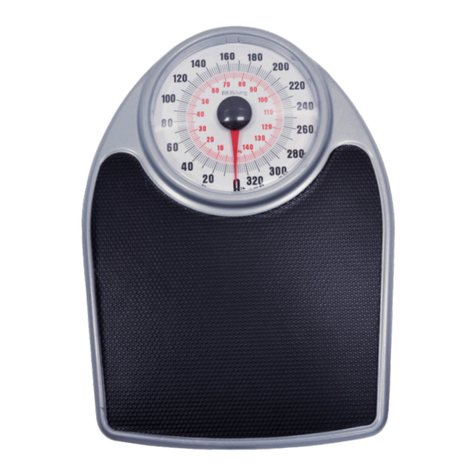
BIOS LIVING
BIOS LIVING SC413 User manual

BIOS LIVING
BIOS LIVING SC416 User manual

BIOS LIVING
BIOS LIVING SC423 User manual

BIOS LIVING
BIOS LIVING SC411 User manual

BIOS LIVING
BIOS LIVING SC422 User manual

BIOS LIVING
BIOS LIVING SC428 User manual

BIOS LIVING
BIOS LIVING SC417 User manual


